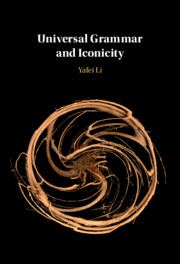This paper presents and analyzes antipassive constructions in the Mayan language Kaqchikel. Through various syntactic tests, we show that antipassive constructions differ from both active transitive and Agent Focus structures in that they do not syntactically project a DP-sized object. Thus, we should think of antipassives as a type of unergative. When an object seems to disappear or become less important in an antipassive, this is not a special feature of antipassives – it is simply what happens in any intransitive structure. In other words, the ‘suppression’ or ‘demotion’ of thematic object is not an inherent characteristic of the construction but rather a byproduct of its intransitive nature. To better understand how transitive and intransitive constructions function cross-linguistically, we propose a novel framework for categorizing the functional heads v and Voice. We show that the external argument behaves differently in transitive versus intransitive clauses, appearing in different structural positions, which is backed up by evidence from causatives in Kaqchikel and scope patterns in other languages. While transitive and passive structures include a Voice projection, Agent Focus and antipassive structures do not. We compare our analysis to previous work on antipassives and explore what our findings might mean for understanding antipassives in other languages.

